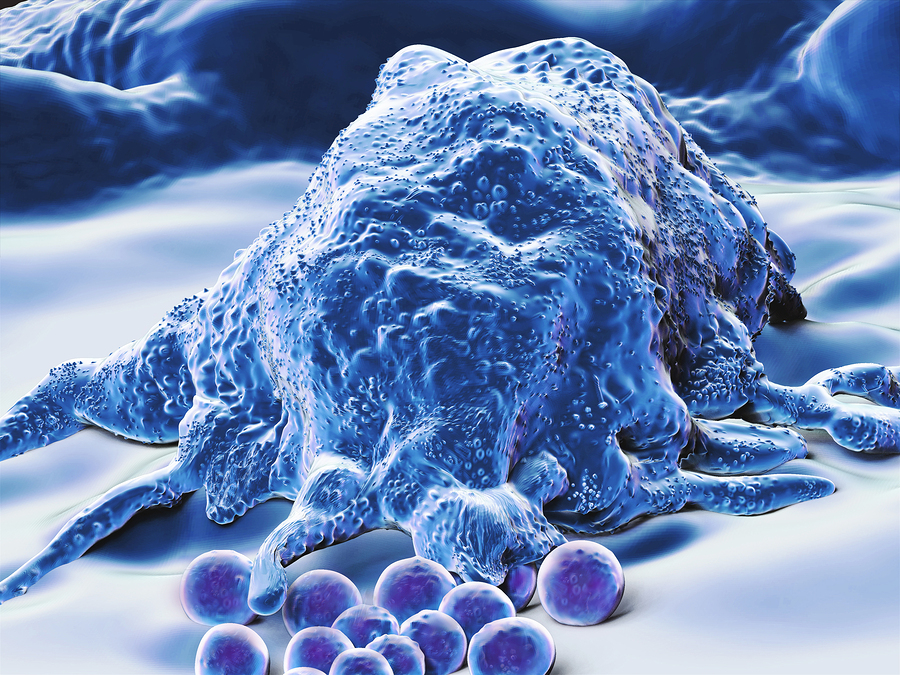As we get older, tiny blood vessels in our brains can stiffen and sometimes rupture which causes a microbleed. This damage has been associated with neurodegenerative diseases and cognitive decline and until recently, it wasn’t clear whether the brain could repair itself after damage like this. However, researchers in China have shown that white blood cells called macrophages can grab the broken ends of a blood vessel and ‘stick’ them back together (in zebrafish models). Their work was recently published on May 3rd in the journal Immunity.
Dr. Luo Lingfei, a developmental geneticist at Southwest University said, “Microbleeding occurs very often in the human brain, particularly in elderly people. We believe that this macrophage behavior is the major cellular mechanism to repair ruptures of blood vessels and avoid microbleeding in the brain.”
In order to simulate a human brain microbleed, Dr. Lingfei and his colleagues shot lasers into the brains of live zebrafish to rupture small blood vessels. This created a clean split in the tissue with two broken ends. The researchers were able to use a specialized microscope to watch the repair process that started about a half hour later.
From the Asian Scientist article:
“A macrophage showed up at the damaged blood vessel site and extended two ‘arms’ from its body toward the ends of the broken blood vessel, producing a variety of adhesion molecules to attach itself. Then, it pulled the two broken ends together to mediate their repair. The researchers suspect that adhesion molecules produced by the blood-vessel tissue also play a role in reattachment. Once they were adhered, the macrophage left the scene. The whole process took about three hours.”
And this repair process happened outside the brain, too. Researchers ruptured a blood vessel in a zebrafish fin using a laser and once again, macrophage arrived at the injury site and extended its protrusions to pull the broken blood vessel back together!
But researchers also witnessed a few quirks in the process, from the article:
“When they used a laser strike to destroy the first macrophage that arrived at a laser-wound site in the brain, no other macrophages came to help repair the breakage (but another macrophage arrived to eat the dead one). Rarely, two macrophages would arrive at the injury on their own, each grab a broken end of the blood vessel, and then simply disengage without fixing the damage. Macrophages aren’t the brain’s only repair mechanism for small broken blood vessels, though they look to be the fastest and most efficient.”
Researchers had no idea that macrophages were able to do this. Watch these macrophages repair a muscle injury:
Source: Asian Scientist












